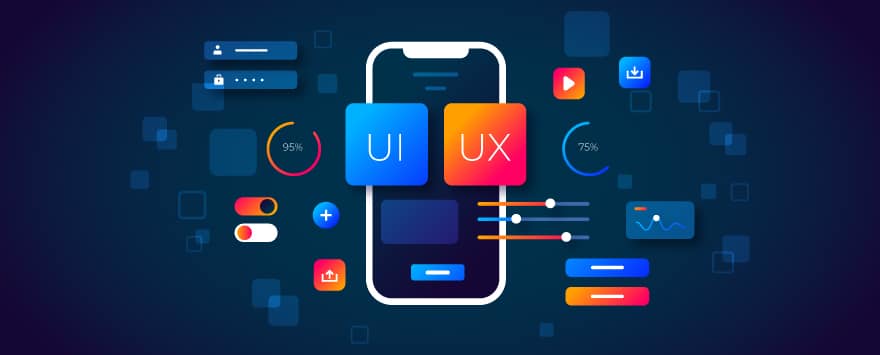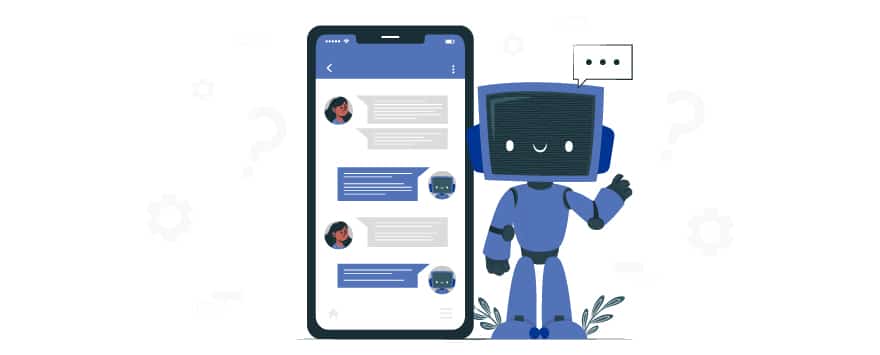
Quick Summary:
UX design, like any other field, has its ups and downs on the job. The success of UX teams and designers depends on their ability to anticipate and address these UX design challenges and problems.
UX Design Challenges can be overcome in several ways, and the design process and its practitioners can only benefit from the experience. The article discusses some of the most frequent issues designers encounter and their relevant solutions.
What is UX Design?
User experience (UX) design is creating product designs that provide meaningful and relevant experiences to users. It involves using a variety of methods and tools to create effective designs.
The biggest challenge that UX designers face is creating usable and visually appealing designs. The designers must ensure that the product looks appealing and users can easily use the product. Another UX design challenge includes making the product responsive, enabling it to operate on multiple devices and deliver similar experiences. It is important to make the design mobile-friendly.
Top UX Design Challenges and Solutions
Designers face several UX Design Challenges while working on user experience, but these can all be overcome. It’s up to designers to spot them as soon as they emerge. Let’s look at some typical problems in UX design and how to fix them.
Closing the Design-Development Loop
Developers and designers both play critical but distinct roles in the process of creating a product. Design is only possible with development, and vice versa. Therefore, the two must work together. One area that might be challenging is communication between design and development.
A coder and a user experience designer approach problems in very different ways. The designer is responsible for considering the user’s journey, while the developers investigate what would be most practical from a technological standpoint.
Lack of communication between developers and designers may negatively affect the product and the process. Extra feedback loops, unanticipated quality assurance challenges, and divergent interpretations of comparable aims mostly result from a lack of knowledge and communication.
Solution
Consistent and timely communication is the greatest way to avoid tensions between development and design. Involving developers as soon as possible can allow them to spot any issue. The exchange of information is another viable option. If you have no interest in learning to code, it is still worthwhile to familiarize yourself with the process and struggles of developers.
Time and Money Limitations
Budget and schedule are intertwined elements affecting the design and development phases. A designer will provide subpar results if underpaid or rushed during the design process. Unfortunately, many customers don’t respect designers’ opinions since they believe that making a button or altering a gradient takes only a few minutes.
In a well-thought-out layout, no detail is overlooked, and even the diverse tonalities have distinct functions. Therefore, even little modifications need more time and effort from designers. Designers who are pressed for time provide less inspired solutions since they can’t give adequate consideration to the needs of their clients.
Solution
Business analysts and project managers can provide assistance in this area. They can negotiate terms and conditions for user experience designers, allowing such individuals more leeway to provide quality work within a set deadline. Additionally, you can hire a reputable company or get in contact with the best UI/UX designers, like those at Valuetree, who have the expertise to navigate these challenges effectively, ensuring that your project is completed on time without compromising on quality.

Creating Engaging User Interfaces
Another UX design challenge is creating intuitive and engaging user interfaces. The design should be easy to understand and navigate and appeal to users. Businesses will fail to attract, convert, and retain customers if the design does not provide an engaging user experience.
Solution
Designers should follow user-centered design principles and create a clear and consistent visual hierarchy. They should also appropriately use color, typography, and visual design and use micro-interactions and animations.
Addressing Accessibility and Inclusivity
The design must be accessible for all, including users with disabilities, such as hearing and visual impairments. The design must also comply with accessibility standards like the Web Content Accessibility Guidelines (WCAG).
Another challenge is to make the design inclusive of all age groups, cultures, languages, and genders. It should be easy to understand by people of all backgrounds.
Solution
Designers should use accessible and inclusive design patterns and principles, such as WCAG. They can conduct testing with users with disabilities to identify their pain points and customize the design. Designers should avoid confusing jargon or technical terms and use simple language. In addition, the use of diverse imagery reflects the diversity of users.
Incorporating User Feedback
One of the ongoing challenges that UX designers face is gathering user feedback and incorporating it into the design. User feedback allows designers to understand users’ needs, preferences, and pain points.
Incorporating user feedback in design includes revising and iterating the design based on user feedback. Reiterating designs several times is challenging.
Solution
Designers can measure user engagement using data analytics to identify areas for improvement. They can frequently conduct user tests using a collaborative and agile design process to support quick design iterations.
In addition, it is advisable to Involve all stakeholders in the design process to address their concerns.
Complicated Chatbots
Chatbots have exploded in the past few years because they effectively boost conversions and resolve customer care issues. Many businesses have benefited from the instant support provided by virtual assistants, but users have often found them to be cumbersome to work with.
Suppose chatbots need to be more clever and intelligent to resolve customers’ problems. In that case, they can be annoying, provide the wrong answers, or provide mixed signals, all of which can detract from the overall quality of the user experience.
Solution
Instead of merely aiming to solve an issue quickly or provide a clever solution, chatbots should prioritize conversational UX. Better artificial intelligence systems that use machine learning to pick up on emotional intelligence and interaction indicators can help with this. Using this technology, chatbots may pick up on the most helpful and appropriate replies for various scenarios, allowing them to improve with each engagement.

Fragmentation of Android
There are already hundreds of Android smartphones on the market, each running a unique version of the Android operating system. Each smartphone maker aspires to set itself out by offering a unique take on Google’s Android operating system. Each smartphone has a slightly varied screen resolution and minor differences. Designing and constructing an Android app is more difficult than an iOS app.
Solution
To handle this, focus on the most recent upgrades and the most widely used Android smartphone devices, as recommended by Google. Android design, like Android app development, often takes a little longer. In a few circumstances, though, it allows designers to include choices that would otherwise be impossible on iOS.
A/B Testing Errors
Although A/B testing is frequently the quick go-to approach for comparing designs and ideas among UX designers, it has limitations and is only sometimes accurate. Eight out of ten A/B tests reportedly provide inaccurate results.
Many errors may be identified because many systems can only compare two variations simultaneously. In addition, both of these options could be better, and it may take several months of running numerous A/B testing combinations to identify the best one to implement.
Solution
AI and ML may make this process easier and more reliable. Traditional A/B testing only allows for the comparison of two variables. On the other hand, artificial intelligence (AI) systems can instantly evaluate massive volumes of data, allowing these tools to analyze several versions simultaneously and return conclusions faster.
Conclusion
To create a great user experience, UX designers must overcome many challenges, each requiring unique solutions. From understanding user needs to balancing aesthetics with usability and keeping up with the ever-changing design trends, the UX landscape can be complex and dynamic.
The key to success lies in adopting a user-centric mindset, embracing continuous improvement, and adaptability to constraints. Effective collaboration with stakeholders, remote work practices, and staying up-to-date with emerging technologies are crucial elements in crafting exceptional user experiences. By following these principles, UX designers can create interfaces and interactions that surpass user expectations, ensuring the success of digital projects.
Take your UX to the next level! Contact Us and let our UX professionals design innovative solutions that make your digital projects shine.
